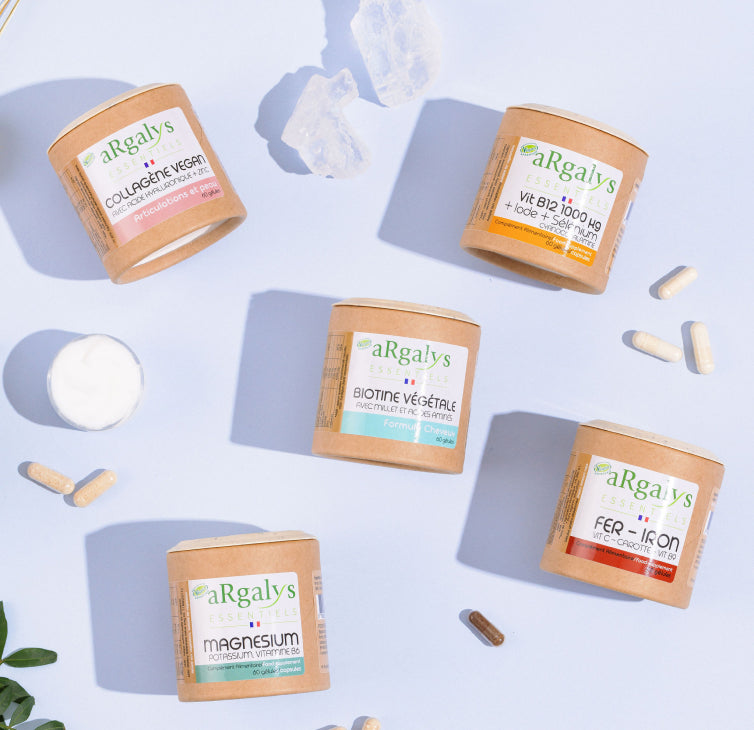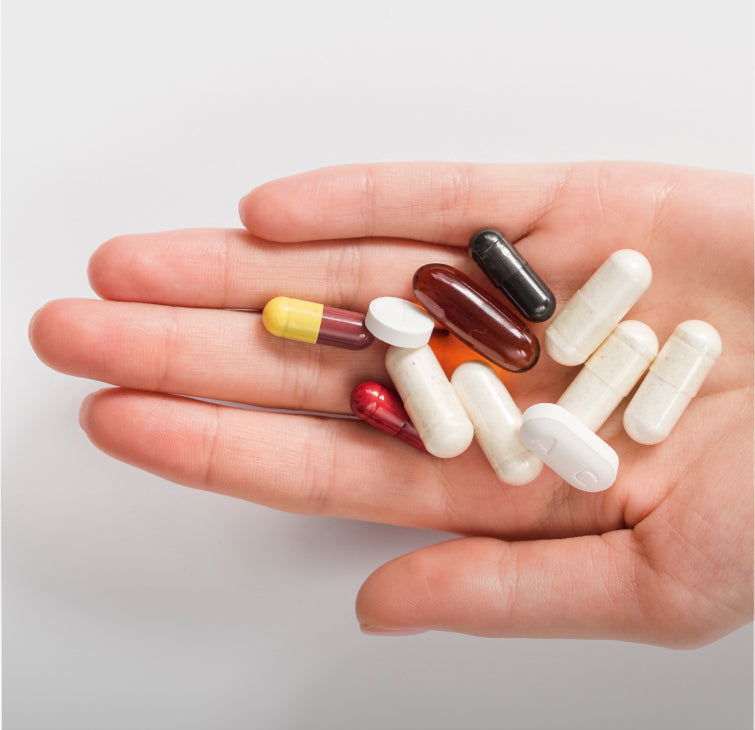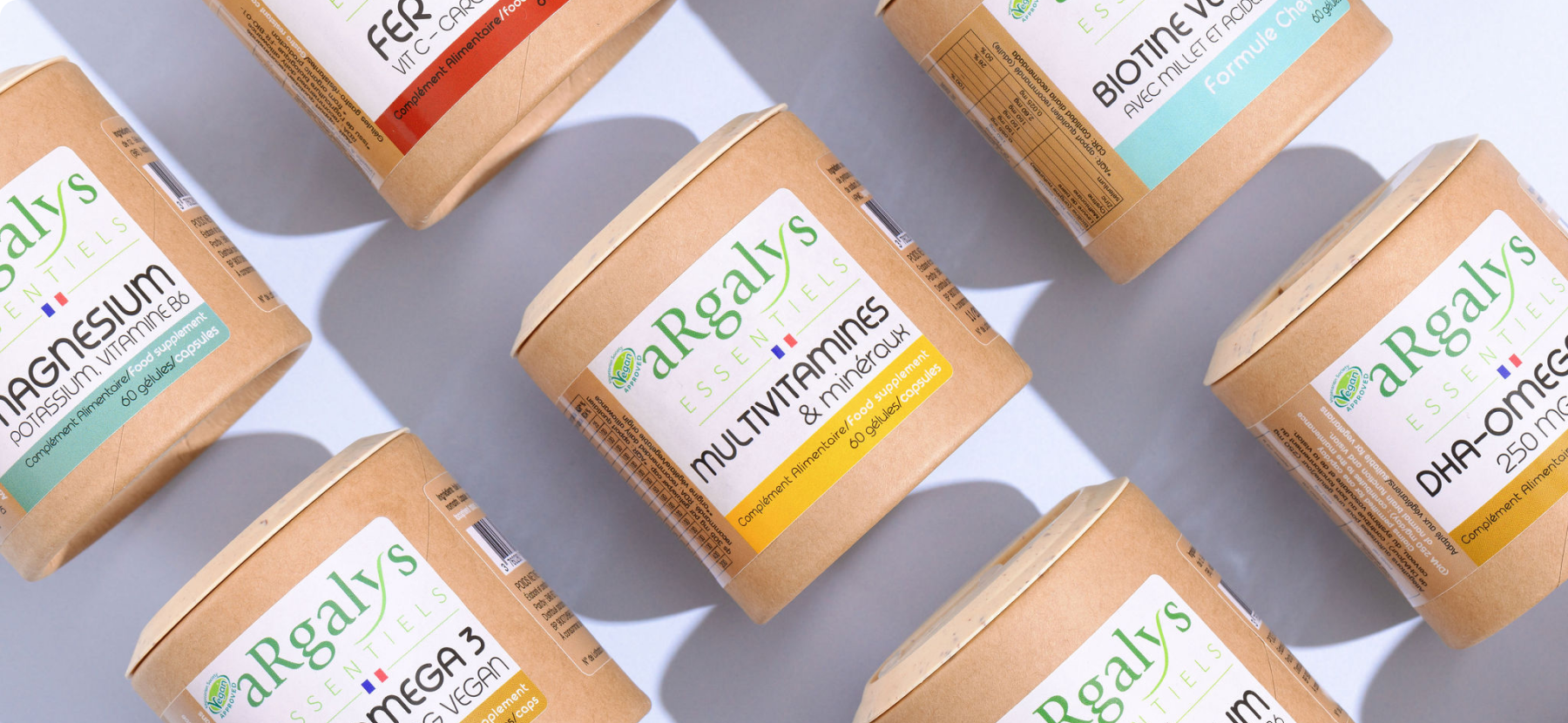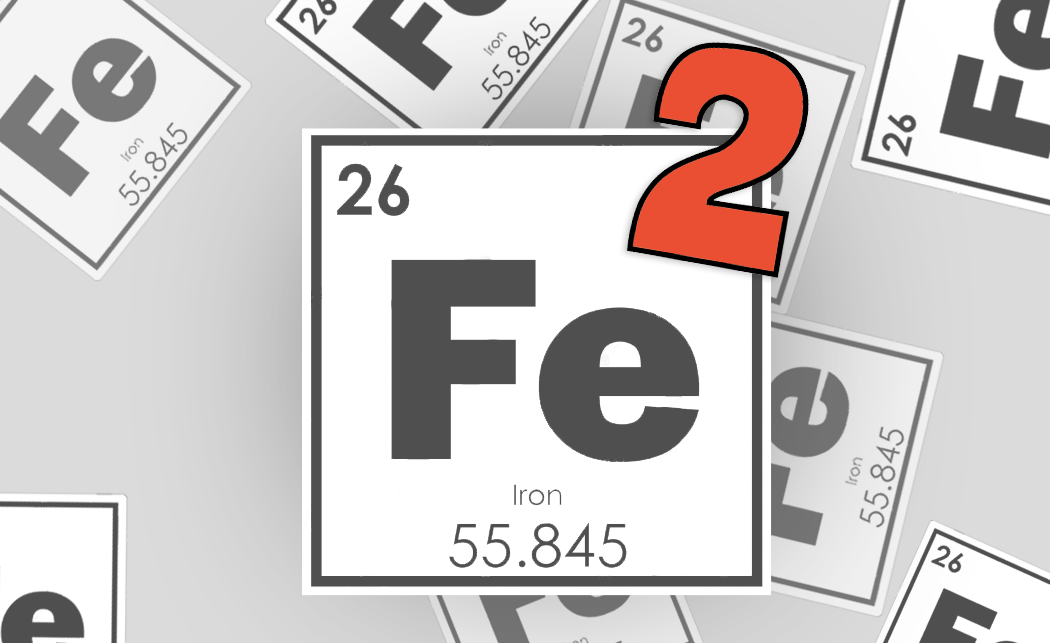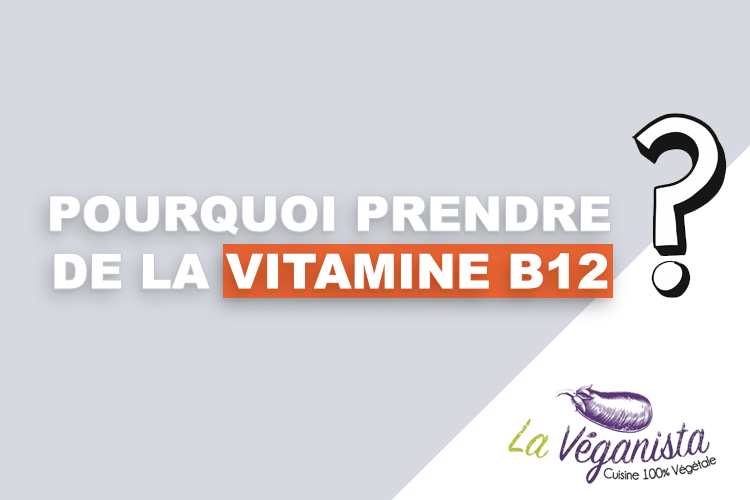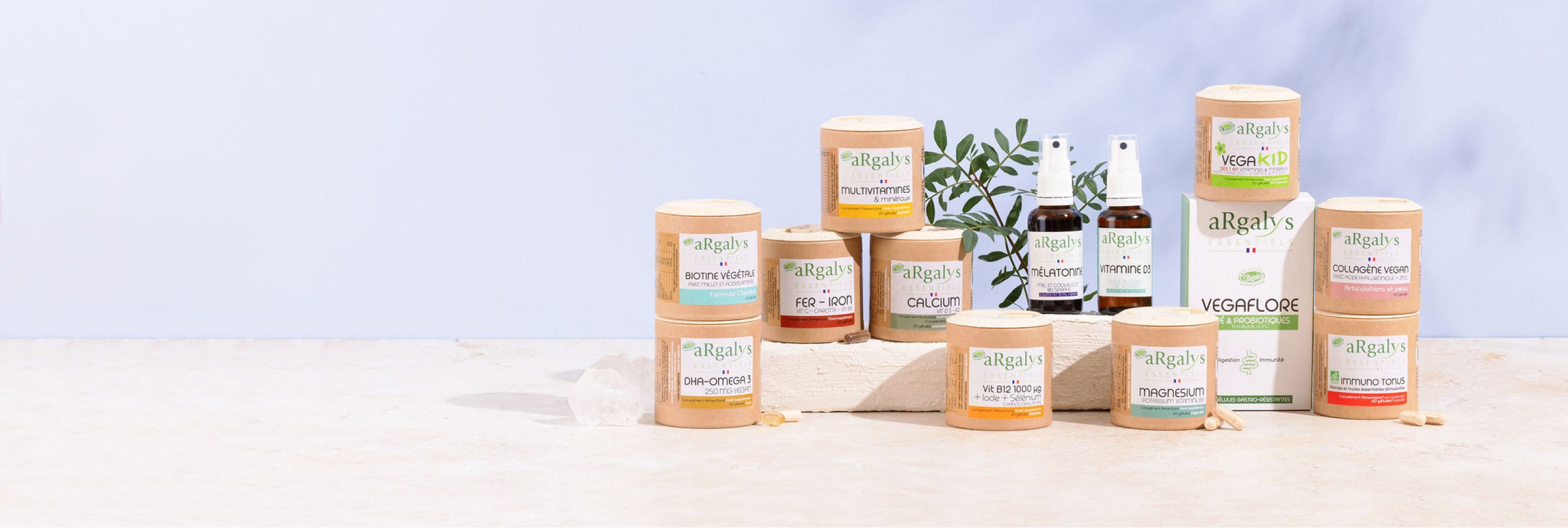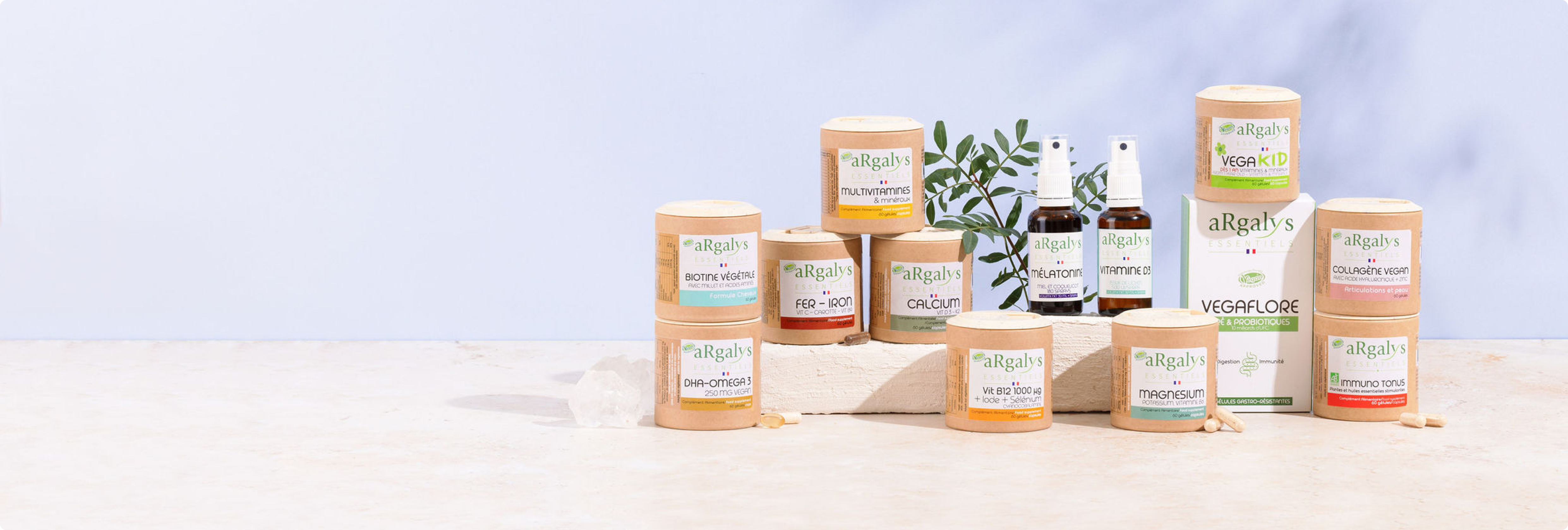Iron is a mineral essential for proper oxygenation of the body. Without it, oxygen transport to cells is impossible!
Not synthesized by the body, it is the champion of the circular economy and recycling. In fact, 95% of the iron present in our body is reused.
However, iron deficiency is one of the most common in France, particularly among women and growing children.
To understand everything about this mineral, we will review the role of iron in the body, its benefits and needs, as well as solutions to combat deficiencies.
The benefits of iron in the body
The main role of iron is to transport oxygen in the blood and allow good oxygenation of the organs.
More specifically, iron is a constituent of hemoglobin, which is a protein found in red blood cells.
It is this protein that will allow red blood cells to transport oxygen from the lungs to all other organs.
About 70% of total iron is contained in hemoglobin.
Iron is also found in myoglobin, a muscle cell whose function is to store and transfer oxygen, which is essential for the functioning of tissues and muscles.
In the absence of iron, the body can no longer form hemoglobin and is therefore no longer able to transport oxygen. This leads to under-oxygenation of the body, which results in the following symptoms: pallor, fatigue, headaches, etc.
Iron also plays a lesser role in the proper functioning of the nervous system and the immune system as well as in cellular energy production mechanisms.
Iron is a trace element that is more than essential: indispensable.
The different forms of iron (heme, non-heme)
A distinction is made between heme iron and non-heme iron.
- Heme iron is incorporated into the heme structure of hemoglobin (the pigment that gives blood its color) and is derived from foods of animal origin (meat, fish). It is also called ferrous iron (chemically Fe2+).
- Non-heme iron is also called " plant iron " or Ferric Iron (Fe3+). It is found in plants (oilseeds, cereals, fruits, vegetables) but also eggs and dairy products.
Heme iron is better assimilated by the body than non-heme iron: 20 to 25% for the former, 2 to 10% for the latter.
In reality, iron absorption depends on other nutrients present at the same time, in the stomach and upper intestine. We can then distinguish between nutrients that boost absorption and those that reduce it.
- Boosters: Vitamin C* and B vitamins help improve absorption. Dietary fiber also appears to play a positive role in assimilation by regulating intestinal transit .
- Those that decrease absorption: Certain nutrients like chocolate or tannins in coffee and tea will decrease it.
*with moderate dosage to avoid other less desirable effects: the Fenton reaction.
What are the iron requirements for adults?
Since iron is not synthesized by the body, it must be provided daily through food. However, needs vary greatly between different categories of people (adult men/women and young people who are growing).
The daily iron requirements absorbed by the body are:
- Approximately 1 mg in adult men
- Approximately 2 mg in women between puberty and menopause, due to menstruation
The body contains approximately 3.5 to 4 grams of iron in men and 2.5 to 3 grams in women.
Most of the iron in our bodies is constantly recycled. This is why the need for external intake is relatively low except in cases of blood loss (including menstruation) and during growth because blood volume increases. It is estimated that 25% of young people are iron deficient (= asymptomatic deficiency).
Taking into account the very low absorption of iron*, the daily intake recommendations* are:
- Adults and adolescents: 9 to 10 mg/day
- Menstruating women: 14 to 16 mg/day
Note: the ingested corresponds to the quantity swallowed and should not be confused with the quantity absorbed (= which remains in the body)
* absorption (compared to ingested) is around 20% for heme iron (iron contained in animal products), and around 3 to 10% for iron contained in plants: hence the interest in associating absorption boosters.
Two other important points:
- Optimal iron levels in the blood are particularly important: excess iron is just as harmful as deficiency . Therefore, taking an iron supplement for more than 60 days in a row should be accompanied by a blood test.
- Due to its molecular structure, iron interacts with other minerals and vitamins . It is therefore preferable to space out the intake of its supplement, of another supplement.

Iron deficiency: symptoms
Iron deficiency is considered the most important nutritional deficiency in France.
Anemia, or hemoglobin deficiency, is characterized by a decrease in the number of red blood cells in the blood or their hemoglobin content.
As a result, tissues and organs no longer receive sufficient oxygen.
Iron deficiency is assessed by blood tests that will determine the hemoglobin level.
But several symptoms can alert you. The most significant are:
- Cognitive disorders (delayed growth, development, poor concentration skills which can lead to poor learning abilities)
- Body weaknesses
- Pallor
- Dizziness
- Decreased physical strength
- Early shortness of breath during physical exertion
- Sensitivity to cold
- Heart problems
- Tachycardia or palpitations
Causes of iron deficiency or lack
There are many causes of iron deficiency , but the main ones are:
-
Insufficient iron intake in the body:
Malnutrition or poor diet are obvious factors, but we must also take into account the low absorption of plant-based iron, which can lead to unpleasant surprises. This is a particularly common situation among menstruating women who consume little red meat. Vegans aren't the only ones affected!
- Acute or chronic blood loss : Menstruation is the leading cause of blood loss in women.
- Pregnancy: Fetal development and increased blood volume lead to increased iron requirements. A previous WHO (World Health Organization) report from 2011 estimated that 30% of women of childbearing age or who are pregnant were iron deficient.
- The growth period: During growth, blood volume gradually increases.
In all cases, iron deficiency must be noted and diagnosed by a doctor who may or may not recommend that you take an iron supplement.
Without being deficient, athletes, especially those who engage in long aerobic efforts, have every interest in having high blood iron levels to optimize oxygen transport to the muscles. Again, blood testing is the best method before deciding on supplementation.
To learn more about the different types of iron for good supplementation: consult the article: to help you choose your iron supplement .
Our Iron Bisglycinate supplement with absorption boosters (acerola, carrot) and vitamin B9 , in a protective gastro capsule for greater comfort of intake, certified vegan:

Iron + Vitamin C, B9 and Carrot
€18.50 for a 2-month treatment!
The Argalys team.
 04 74 03 98 80
04 74 03 98 80
